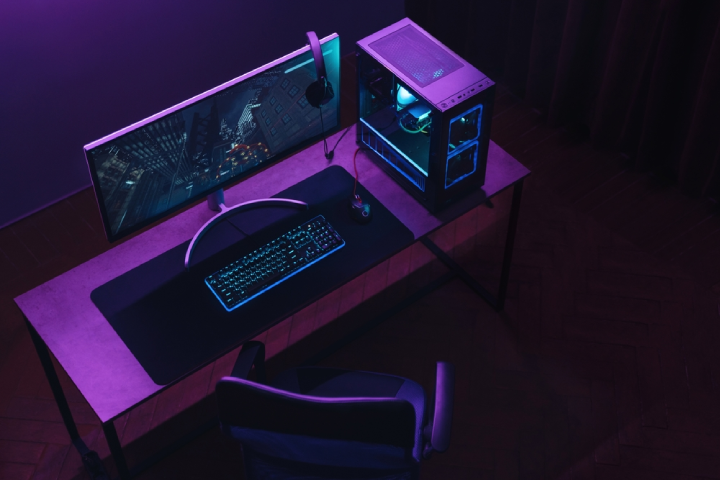
Before the advent of the personal computer (PC), computers were designed for companies that would attach terminals for multiple users to access. Then, multiple users would be sharing the same resources of one larger computer. However, in the age of personal computers, these resources are separate and only accessible to one person, although elements such as storage can be boosted by access to cloud computing resources.
The first PC was introduced in 1974, and it was named the MITS Altair, however, it was not an immediate success. The year 1977 saw a re-introduction of the PC in the market, thanks to Apple Computer’s Apple II, Commodore Internationa’s Personal Electronic Transactor and Tandy Radio Shack’s TRS-80. At this point, a variety of people started investing in one, such as schools, businesses and even individuals.

Since then, a lot of things have changed in their mainframe and internal structures. What are PCs, exactly?
What is a PC?
A PC is a computer that is designed for use by one person at a time. The term PC has traditionally been introduced by IBM, when it launched its IBM PC in 1981, which was in direct competition with the Apple Macintosh computer.
By definition, a PC is a relatively inexpensive microcomputer which can be used for a multitude of purposes. Their main audience is the average technology user, rather than experts or scientific personalities.
Like normal computers, PCs have similar components. The most important ones are the central processing unit (CPU), which acts like the machine’s brain, graphic processing units (GPUs), random access memory (RAM), long-term memory which is achievable through hard disks, keyboards and mice.
PCs are good for various tasks, such as word processing, spreadsheets, emails, accounting, internet browsing and access, music composition, gaming and video calling. This is because a PC has the facilities to store and process data of all kinds. The inner mechanisms are based on the kind of operating system (OS) it runs on, such as MacOS for Apple computers, which ultimately allows the users to run different types of programs.
What kinds of PCs are there?
Contrary to popular belief, PCs are not limited to portable laptops or desktops. There are different types of personal computers, but the most widespread ones are tablets, smartphones, and wearable ones such as smartwatches and notebook computers.
There are some differentiations to make among these. For instance, laptops and notebooks use a lot less power than desktops, but they do not have a lot of storage. When it comes to input and output capabilities, tablets and smartphones are less advanced than laptops and desktops.
Additional elements can also be added to the mainframe of a PC to enhance the experience. For example, when gaming is the primary activity, extra high-quality processors are often added to maximise the operating power and speed.
What is the difference between PCs, laptops and desktops?
Simply put, laptops and desktops are both different kinds of PCs. Laptops in particular are composed of a keyboard and trackpad to make their management easier and to have all the main hardware components in one place. Alongside a rechargeable battery, the screen is attached to a flat case which contains a fan to prevent overheating, RAM and the CPU.
Laptops are very convenient since they are portable and can therefore be carried anywhere, however they are far less powerful than other kinds of PCs, and they also have less permanent memory.
Desktops, on the other hand, are not portable machines. All the vital mechanical components such as the CPU and the processor are contained in a bigger case in the back which, due to its size, also allows more processing power and memory than laptops. Desktops are also often used for gaming, since it is easier to customise them.






